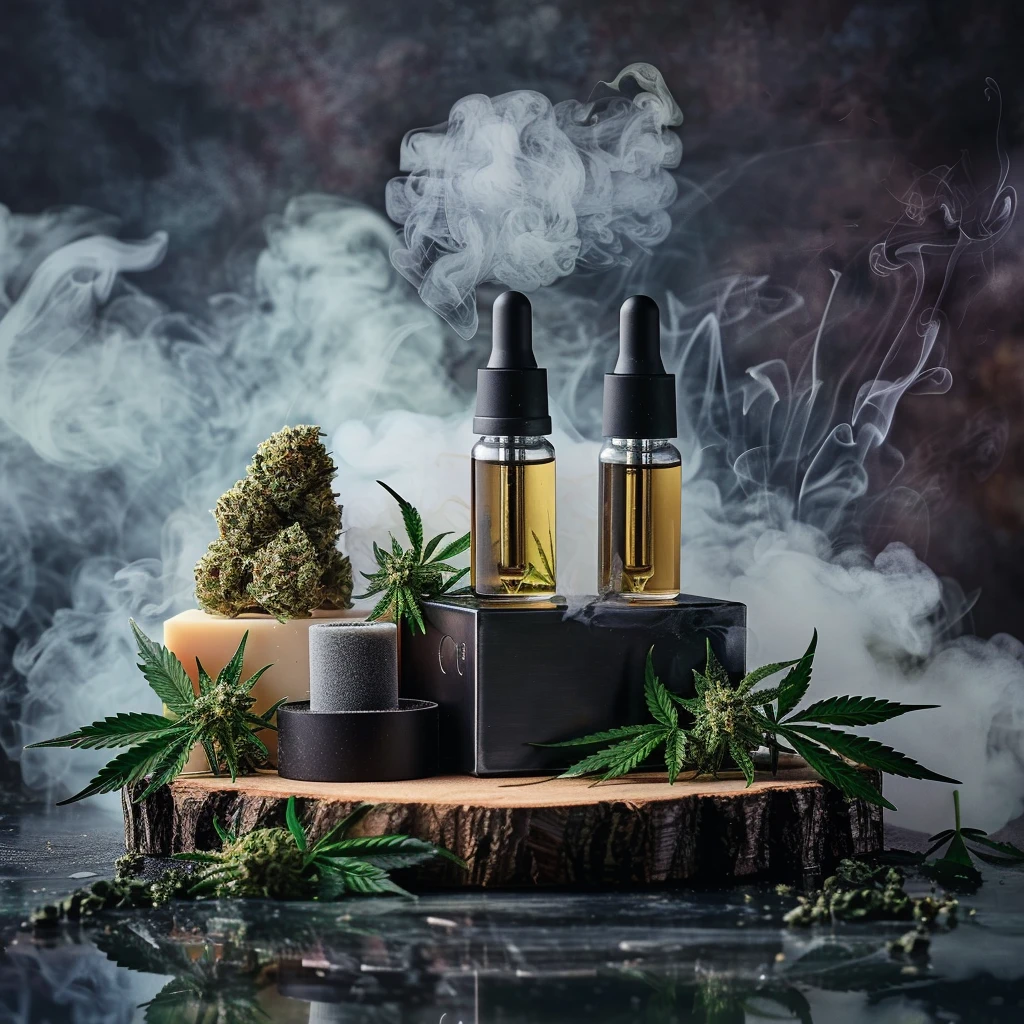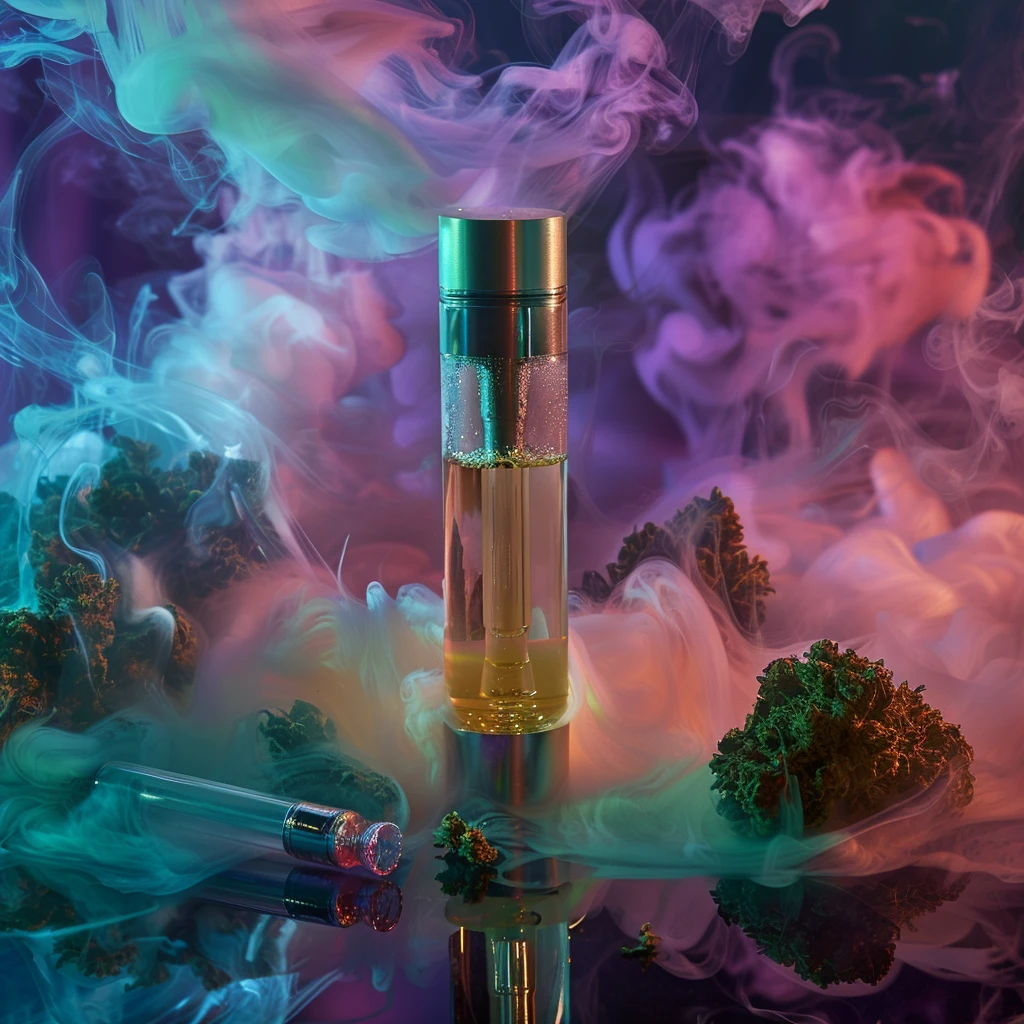In the verdant realm of medical cannabis, patients and healthcare providers alike navigate the nuanced landscape of therapeutic use, seeking relief from a myriad of conditions. The cornerstone of this journey? Dosing. Understanding the intricacies of cannabis dosing is pivotal, as it balances efficacy with safety, tailoring treatment to individual needs. This article embarks on an exploration of cannabis dosing guidelines for medical use, illuminating the path towards optimized treatment strategies in the burgeoning field of cannabinoid medicine.


Table of Contents
ToggleThe Art and Science of Cannabis Dosing
Cannabis dosing is more art than science, a delicate dance between the desired therapeutic effects and the spectrum of individual patient responses. Unlike conventional pharmaceuticals, cannabis presents a unique challenge due to the variability in strains, delivery methods, and individual patient factors, including tolerance, sensitivity, and the condition being treated. This complexity necessitates a nuanced approach, underscored by the principle of “start low and go slow.”
Understanding the Fundamentals: THC and CBD
At the heart of cannabis dosing guidelines are the plant’s two most prominent cannabinoids: THC (delta-9-tetrahydrocannabinol) and CBD (cannabidiol). THC, known for its psychoactive properties, requires careful dosing to mitigate potential side effects such as anxiety or psychoactive experiences. CBD, on the other hand, is non-intoxicating and may be tolerated in higher doses, offering anti-inflammatory, analgesic, and anxiolytic benefits without the high associated with THC.
Navigating Dosing Strategies
The golden rule in cannabis dosing is to start with a low dose and increase gradually until the desired therapeutic effect is achieved. This titration process is essential to minimize side effects while determining the most effective dose for an individual’s specific needs.
Initial Dosing Recommendations
Delivery Methods and Their Impact on Dosing
The method of cannabis administration plays a critical role in dosing considerations:
- Inhalation (smoking or vaporizing) offers rapid onset of effects, facilitating dose titration but requiring careful monitoring to avoid overconsumption.
- Oral ingestion (edibles, capsules) has a delayed onset and prolonged effect, necessitating caution with dosing intervals to prevent accumulation and unintended side effects.
- Sublingual (tinctures, sprays) provides a middle ground, with a more predictable onset than inhalation and easier dose adjustment.
Special Considerations: Patient Factors and Condition-Specific Guidelines
Patient-specific factors such as age, weight, medical history, and concurrent medication use must be considered when determining cannabis dosing. Additionally, condition-specific guidelines suggest varying dosing strategies for different therapeutic targets, such as chronic pain, epilepsy, or anxiety, highlighting the importance of personalized medicine in cannabis treatment.


Challenges and Opportunities in Cannabis Dosing
Despite the growing acceptance of medical cannabis, challenges remain in establishing standardized dosing guidelines. The variability in cannabis composition, individual biochemistry, and the lack of comprehensive clinical data contribute to these challenges. However, this also presents an opportunity for ongoing research and patient-centric approaches to treatment, emphasizing the role of healthcare providers in guiding patients through the dosing process.
The Role of Healthcare Providers
Healthcare providers play a crucial role in navigating cannabis dosing, offering expertise in cannabinoid medicine, and tailoring treatment plans to individual patient needs. Continuous monitoring and adjustment are paramount, with an emphasis on patient education and open communication to ensure safe and effective treatment.
Toward a Greener Future: The Evolution of Cannabis Dosing Guidelines
As the body of evidence surrounding medical cannabis continues to grow, so too will the refinement of dosing guidelines, promising a future where cannabis is seamlessly integrated into personalized treatment plans. The journey of medical cannabis from fringe to forefront of medicine is paved with the stories of those it has helped, underscoring the need for diligent research, patient advocacy, and clinical innovation.
In charting the green path of cannabis dosing guidelines for medical use, we embrace the complexity and potential of this ancient plant, envisioning a future where its therapeutic benefits are fully realized, guided by the principles of safety, efficacy, and personalized care.


FAQ: Cannabis Dosing Guidelines for Medical Use
What is the importance of dosing in medical cannabis use?
Dosing is crucial in medical cannabis use to ensure that patients achieve the desired therapeutic effects while minimizing potential side effects. Proper dosing helps in tailoring treatment to individual needs, considering factors such as the condition being treated, patient sensitivity, and tolerance levels.
How do I start with medical cannabis dosing?
The general principle for starting medical cannabis dosing is to “start low and go slow.” Begin with a low dose of THC or CBD and gradually increase the dose over time until you achieve the desired therapeutic effect. This approach helps to minimize side effects and identify the most effective dose for your specific needs.
What are the recommended initial doses for THC and CBD?
How does the method of cannabis administration affect dosing?
The method of administration affects how quickly you feel the effects of cannabis, how long the effects last, and how easy it is to control the dose. Inhalation (smoking or vaporizing) provides rapid effects but requires careful dose control. Oral ingestion (edibles, capsules) offers delayed onset and prolonged effects, necessitating cautious dosing. Sublingual (tinctures, sprays) provides more predictable onset times and easier dose adjustments.
What should I consider when determining my cannabis dose?
Consider patient-specific factors such as age, weight, medical history, and concurrent medication use. The therapeutic goal and the specific condition being treated also play a critical role in determining the appropriate cannabis dose. It’s crucial to consult with a healthcare provider to tailor the dosing strategy to your individual needs.
Can I adjust my cannabis dose on my own?
While minor adjustments might be necessary as you learn how cannabis affects you, significant changes to your dosing regimen should be made under the guidance of a healthcare provider. This ensures that adjustments are made safely and effectively, considering your overall treatment plan and medical condition.
What are the signs that my cannabis dose needs adjustment?
Signs that your cannabis dose may need adjustment include not achieving the desired therapeutic effect, experiencing unwanted side effects, or changes in your condition or overall health. Consult with your healthcare provider for an assessment and possible dose modification.
Are there condition-specific dosing guidelines for medical cannabis?
Yes, there are condition-specific dosing guidelines that suggest varying strategies for different therapeutic targets, such as chronic pain, epilepsy, or anxiety. These guidelines are based on current research and clinical experience but should be considered as starting points, with dosing ultimately tailored to the individual.
How do healthcare providers contribute to cannabis dosing decisions?
Healthcare providers contribute by assessing your medical condition, recommending initial dosing and administration methods, monitoring your response to treatment, and making necessary adjustments to your dosing regimen. Their expertise in cannabinoid medicine is crucial in navigating the complexities of cannabis dosing.
Understanding cannabis dosing guidelines for medical use is essential for maximizing therapeutic benefits while minimizing risks. Always consult with a healthcare provider experienced in cannabinoid medicine to develop a dosing strategy that’s right for you, and remember that the journey to finding the optimal dose is a personalized process that takes time and patience.
Kannabu's Online Cannabis Educational Resources
Read Educational Online Guides and Articles to Learn About Cannabis
- Navigating the Green Path: CBD vs. THC in Medical Treatment
- The Aromatic Architects of Healing: The Role of Terpenes in Medical Cannabis
- Navigating the Green Frontier: Clinical Trials on Cannabis and Its Effects
- Charting the Green Path: Cannabis Dosing Guidelines for Medical Use
- The Endocannabinoid System: Nature’s Balancing Act in Human Health
- A Green Horizon: Cannabis as an Alternative to Opioids
- Navigating the Mind’s Garden: Cannabis and Mental Health Treatment
- Unlocking the Green Code: Exploring the Genetic Diversity and Pharmacological Promise of Cannabis
- Weaving Green into Gold: The Integration of Medical Cannabis into Traditional Medicine
- The Therapeutic Promise of Medical Cannabis: Exploring the Spectrum of Cannabinoids
- From Young to Old: The Compassionate Embrace of Medical Cannabis in Pediatric and Geriatric Care
- Green vs. Traditional: Navigating the Crossroads of Medical Cannabis and Conventional Therapies
- Beyond the Pain: The Comparative Effectiveness of Cannabis in Chronic Pain Management
- Unlocking Cannabis’s Secrets: The Journey Through Cannabinoid Pharmacokinetics and Pharmacodynamics
- Green Paws: Navigating the Frontier of Medical Cannabis in Veterinary Care
- Unlocking Relief: The Transformative Role of Medical Cannabis in Pain Management

